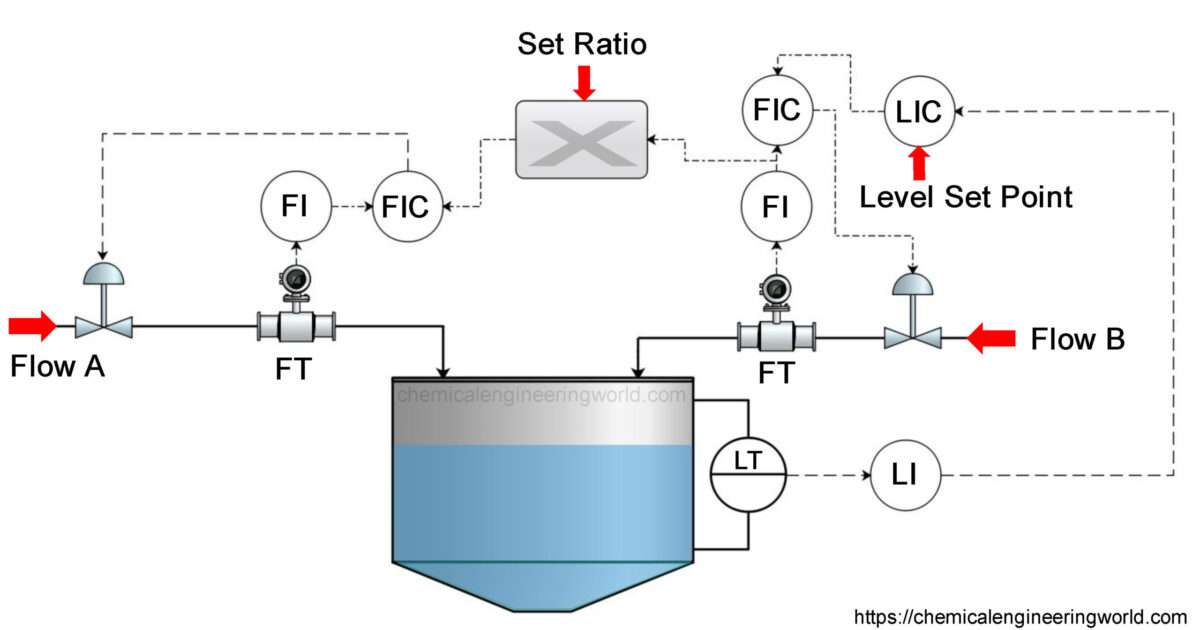Lanthanum Element Properties and Information

Lanthanum Element Properties and Information
Lanthanum is 57th element on the periodic table. Elements are arranged in the periodic table on the basis of the atomic number. Atomic number is the number of protons in the nucleus of the atom. Lanthanum has an atomic number of 57. It is located in the Group ‘Lanthanides’ and Period 6 of the periodic table of elements. It is denoted by La. The name is derived from the Greek word ‘Lanthanein’ which means ‘to lie hidden’.
Carl Gustav Mosander was investigating his sample of cerium oxide in 1839. He observed that most of the elements present in the sample were insoluble but there were some which were soluble. He noticed oxide of a new element among them, thus lanthanum was discovered.
Lanthanum is found in ‘rare earth’ minerals. Principal minerals are; monazite and bastnaesite. Lanthanum is third most abundant among all lanthanides.
Physical Properties
- Lanthanum is a soft-silvery metal and the first element which appears in the lanthanides series.
- The atomic mass of lanthanum is 138.91.
- The melting point of lanthanum is 920°C.
- The boiling point of lanthanum is 3464°C.
- The density of lanthanum is 6180 in S.I. units at 20°C.
- Lanthanum is very weakly paramagnetic in nature compared to further lanthanides.
- Lanthanum is softest among all lanthanides, as series progresses, the lanthanides become harder.
- Lanthanum has a hexagonal crystal structure at room temperature; it becomes face-centred cubic at 310°C and body-centered cubic at 865°C.
- Lanthanum has 2 naturally occurring elements; primordial radioisotope lanthanum-138 and stable isotope lanthanum-139.
Chemical Properties
- Lanthanum is most reactive among all the lanthanides.
- Lanthanum reacts with air very rapidly, it tarnishes to black colour and may burn and form to lanthanum(III) oxide.
- Lanthanum reacts with halogens to form trihalides at room temperature.
- Lanthanum is the strongest and hardest base among all rare earth elements.
Methods of Production
From Monazite: Monazite is a mineral which contains all the rare earth elements along with thorium. Initially electromagnetic separation is used to separate the magnetic parts of the mineral. After that it is treated with hot-concentrated sulphuric acid which yields sulfates of rare earth elements. The acidic filtrates are partially neutralised by reacting it with sodium hydroxide at 3-4 pH, the thorium gets separated as a hydroxide. The solution is then treated with ammonium oxalates to yield rare earth oxalates, since they are insoluble they get separated from the solution. Then the oxalates are converted to oxides by annealing. Lanthanum oxide is separated from other rare earth oxides. Lanthanum oxide is treated with ammonium chloride or fluoride and hydrofluoric acid at 300-400°C to produce the chloride and fluoride which is then followed by reduction with alkali or alkaline earth metals in vacuum or argon atmosphere to yield lanthanum metal.
Relevance in Chemical and Related Industries
- Alloys: Hydrogen sponge alloys contain lanthanum. These alloys are capable of storing hydrogen gas upto 400 times their own volume in reversible adsorption process. Lanthanum is a constituent in Mischmetals which is a pyrophoric alloy used in lighter flints. Small amounts of lanthanum added to steel increases its ductility, malleability, and resistance to impact.
- Glass industry: Lanthanum(III) oxide improves alkali resistance of glass and the glass possesses the properties of high-refractive index and low-dispersion. It is used in special types of glasses such as camera lenses, telescope lenses, and infrared absorbing glass.
Relevance in Other Industries
- Optics: Lanthaum trifluoride is an essential component in a heavy fluoride glass which has superior transmission property thus it is used in fiber-optics communication.
- Radiometric dating: Age of ores and rocks can be measured by lanthanum-barium radiometric dating.
- Medicine: Lanthanum carbonate is used to absorb phosphates as seen in cases of hyperphosphatemia for example which occurs in end-stage kidney disease. Lanthanum is used as an electron dense traces in molecular biology.
- Environment: Phoslock, a lanthanum-modified bentonite clay is used to remove phosphate during lake treatment.
Health Effects on Exposure
Over-exposure: Causes nausea, diarrhea, constipation, vomiting.
Effects on Surroundings
- Accumulation: Lanthanum binds with carbonates and phosphates and form insoluble minerals which remain inert under environmental conditions.
References:
https://en.wikipedia.org/wiki/Lanthanum
































